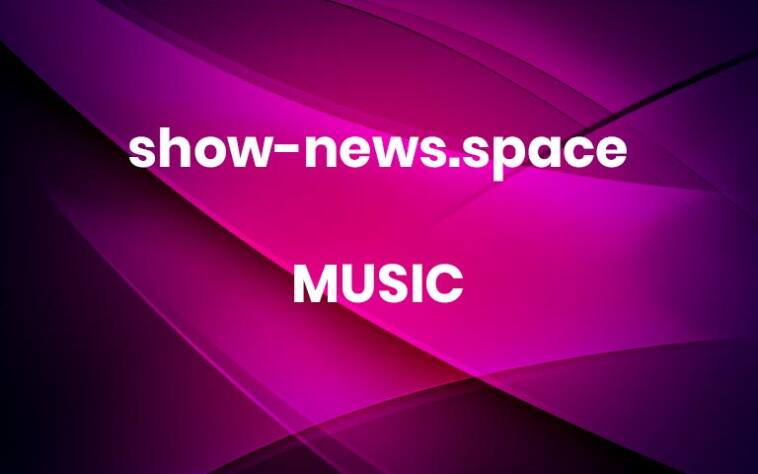Bruce Springsteen on ‘Tracks II,’ His Box of Seven ‘Lost Albums’
“The past always weighs heavy on me,” Bruce Springsteen said on an April afternoon, sitting in the anteroom attached to Thrill Hill, his home studio in New Jersey, where he can make music at any time. “Our pasts have a lot to do with shaping who we are now and the things we’re pursuing. So that is a theme that constantly recurs to me, and I’m always rewriting it, trying to get it right.”Next Friday, Springsteen will unveil a huge, almost entirely unknown trove of songs from his past on “Tracks II: The Lost Albums.” They reveal musical paths — mostly pensive, occasionally rowdy — that he briefly explored but chose to set aside. Unlike his 1998 collection “Tracks,” a set of demos, alternate versions and unreleased songs dating back to the 1970s, “Tracks II,” with 83 songs, 74 of them previously unreleased in any form, is organized as seven distinct albums.Springsteen grew up in the era of vinyl LPs, not playlists that can be shuffled. For him an album is “a cohesive group of songs, basically, that end up being greater than the sum of their parts,” he said. “They resonate off of one another, creating altered meanings and meanings in reflection with the other songs.”A record, he added, “is exactly what it says it is. It is a record of who you are and where you were at that moment in your life. These were actual albums that were of a piece, of a moment, of a genre — that fell together, often while working on other albums.”As he’s been preparing this extensive look back, the 75-year-old musician, well aware of his longtime role as a symbol of America, has also been confronting the political present.The seven unreleased LPs of “Tracks II: The Lost Albums” sat in Springsteen’s vault until now because he sensed the timing was not right.We are having trouble retrieving the article content.Please enable JavaScript in your browser settings.Thank you for your patience while we verify access. If you are in Reader mode please exit and log into your Times account, or subscribe for all of The Times.Thank you for your patience while we verify access.Already a subscriber? Log in.Want all of The Times? Subscribe. More



